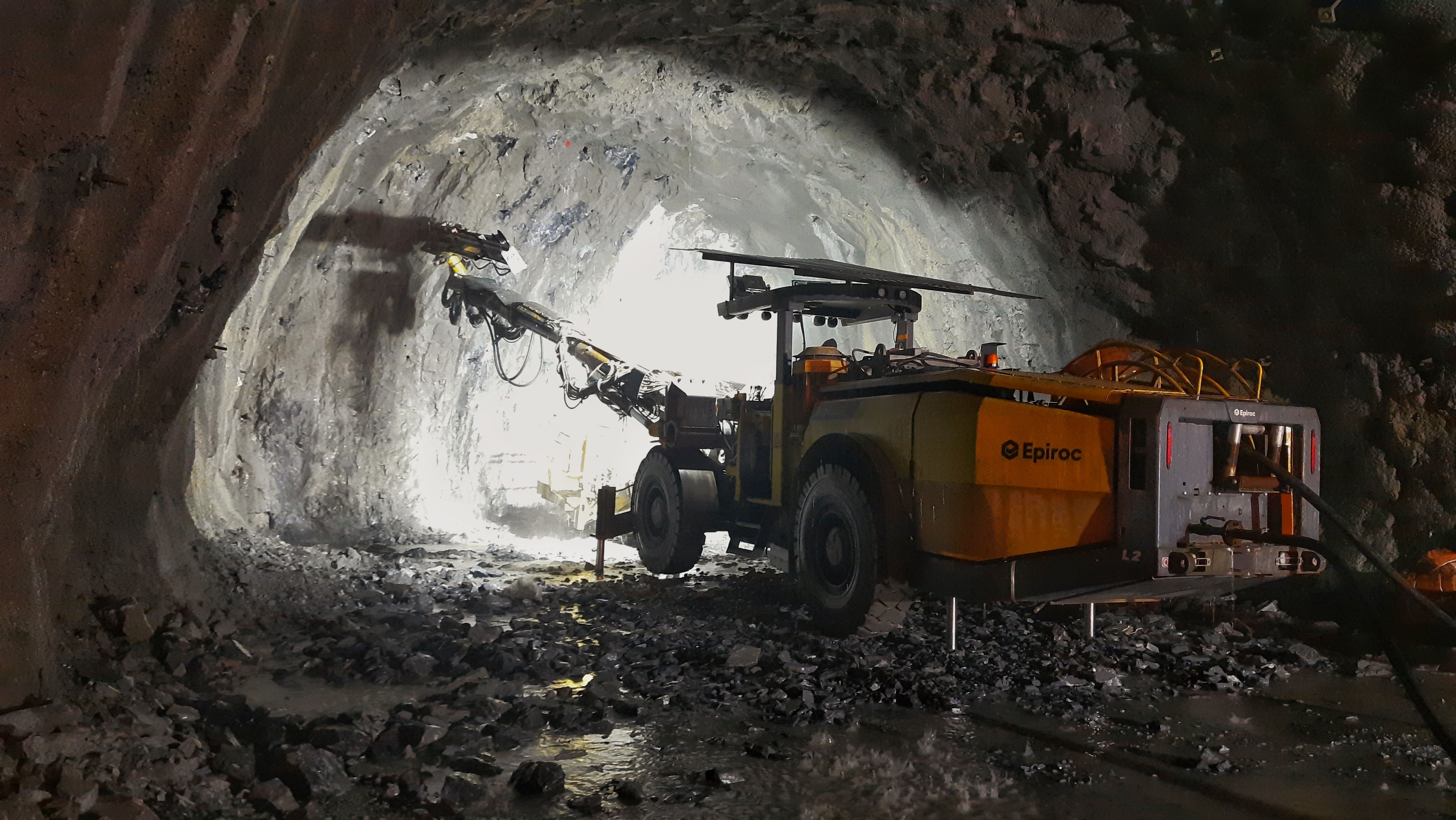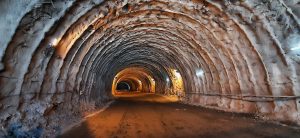In a strategic push to enhance connectivity and strengthen border infrastructure, India is undertaking the ambitious Zojila Tunnel project near the tense China border. Nestled amidst the rugged terrain of the Himalayas, the tunnel aims to provide year-round access to the army and residents of the region, ensuring safer and more secure transport.
The Zojila Pass, situated between Srinagar and Leh, has long been a crucial route for the movement of military troops and goods, especially during winter, when heavy snowfall makes other passes inaccessible. However, the pass remains highly vulnerable to avalanches and landslides, leading to frequent disruptions in connectivity.
The project to construct the Zojila Tunnel was inaugurated in May 2018 by Prime Minister Narendra Modi. It is being implemented by the National Highways and Infrastructure Development Corporation. The Zojila Tunnel will be a two-lane highway 9.5 meters wide and 7.57 meters high in the shape of a horseshoe. The New Austrian Tunnelling Method, an advanced technology, is being used.
The 14.15-kilometer-long Zojila Tunnel, situated at an altitude of over 11,500 feet, is an engineering marvel, piercing through the daunting Zojila Pass and ensuring connectivity remains uninterrupted even during extreme weather conditions. It is expected to be completed by 2026.
The project is estimated to cost around 68.09 billion Indian rupees. The construction of the tunnel is a herculean task, with workers confronting treacherous terrain and extreme weather conditions. The terrain is characterized by steep slopes, rocky surfaces, and unstable glaciers, making the construction process challenging. Despite these difficulties, the workers are determined to accomplish their mission and provide a lifeline to the region.
Burhan Andrabi, a senior manager on the project, said that of the total 14.15 kilometers, 6 kilometers of the tunnel excavation have been completed. Two bridge substructures have also been completed, and work on a third bridge is underway, he said.
Work on the tunnel started in 2021. The highway will have two twin-tube tunnels, four bridges, two snow galleries, and a 2.3-kilometer cut-and-cover structure.

The Zojila Tunnel is expected to be completed by 2026. Photo by Numan Bhat.
The distance from Baltal to Meenamarg will come down to 13 kilometers from the present 40 kilometers; travel time is expected to be cut by an hour and a half and the journey is expected to be less strenuous. The project is hoped to lead to the integrated development of both Union Territories, Ladakh and Jammu and Kashmir.
Raja Ahmad, a laborer from Ganderbal, said that despite many hurdles, “we toiled hard.”
“At times, work got suspended,” he said, “but we courageously continued the work despite the harsh climate.”
Another laborer said that the facilities being provided were good, “but due to the cold climate, even in snowstorms, we carry forward our work with zeal. We are hopeful that our hard work will yield good fruit.”
Concerns about conflict are more than speculative. In 2020, Indian and Chinese troops engaged in hand-to-hand warfare in Ladakh’s Galwan Valley. Twenty Indian and at least four Chinese soldiers were killed in the first serious clash between the two nuclear powers since 1975. Since then, the situation has remained chaotic, with both sides investing in infrastructure near the de facto boundary that separates them, known as the Line of Actual Control.
Once completed, the tunnel will solve a logistical problem for India, as the national highway between Srinagar, the capital of Kashmir, and Ladakh’s Zojila stretch is covered in snow throughout the winter, impeding road traffic and isolating the border region from the rest of the country.
The local population, which has long endured the hardships caused by the unpredictable nature of the Zojila Pass, is eagerly awaiting the completion of the tunnel. Many residents face isolation during the winter months as basic supplies and emergency services become scarce due to blocked roads.
One resident, Bashir Ahmad Bhat, expressed his gratitude for the project, saying, “The Zojila Tunnel will change our lives for the better. It will not only facilitate the movement of goods and people but also make trade and commerce flourish in the region. This will bring economic opportunities and prosperity to our remote villages.”
The tunnel is also expected to have a positive impact on tourism in the region, as the area’s natural beauty has often been overshadowed by the challenges posed by the pass. With improved accessibility, more tourists are likely to visit the picturesque valleys and pristine lakes of the region, contributing to the overall development of the local economy.
One of the project’s engineers talked about the challenges they faced during the construction process. He said, “The Zojila Pass is known for its heavy snowfall and avalanches. Building a tunnel in such conditions required extensive planning and the implementation of advanced technology. But with our collective efforts and determination, we have managed to make significant progress, and soon this tunnel will become the lifeline of this region.”
Along with providing all-year access for the military, the tunnel will greatly enhance India’s border infrastructure and strengthen its strategic position in the region. It will serve as an essential lifeline for the Indian armed forces, ensuring their preparedness and agility in effectively responding to any threat.
Farooq Misger, a businessman in Leh, shared his aspirations for the Zojila Tunnel. He said, “With the completion of this tunnel, we are hopeful that it will attract more tourists to Leh. Currently, due to the uncertain weather conditions and challenging road access, many people hesitate to visit. But with an all-weather road, more people will be able to experience the beauty of the region and help boost our economy.”
As tensions continue to simmer along the India-China border, the completion of the Zojila Tunnel will not only bolster India’s security but also serve as a symbol of its determination to assert its presence in the challenging terrains of the Himalayas.
The Zojila Tunnel project represents a significant step forward in enhancing connectivity and fortifying border infrastructure. Despite the daunting challenges faced by workers, the project holds immense value for both the military and civilians, ensuring year-round access to the region and fostering economic development in this remote corner of India.
Nazir Ahmad, a truck driver, said, “I’ve been driving on the Zojila Pass for years, and it’s always been a nerve-wracking experience. I can’t wait for the Zojila Tunnel to be completed, as it will bring a sense of security and ease to our journeys.”
“I used to dread making the journey through the Zojila Pass, especially during heavy snowfall. The Zojila Tunnel will eliminate that fear and make traveling a much more enjoyable experience for drivers like me,” he added.
According to experts, once completed, the tunnel will save millions of rupees in fuel, benefiting both the army and civilians.

































